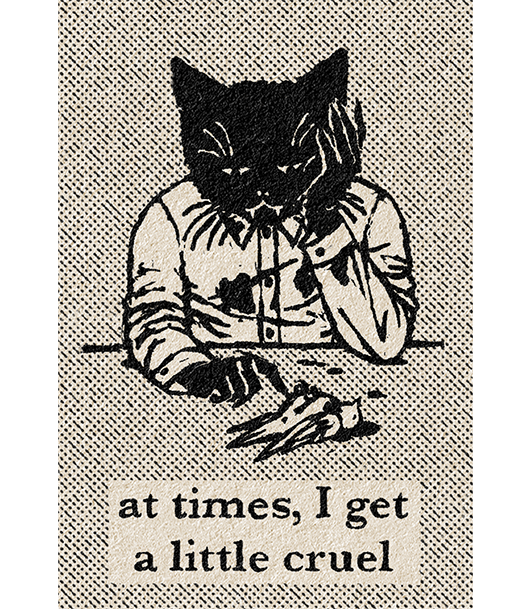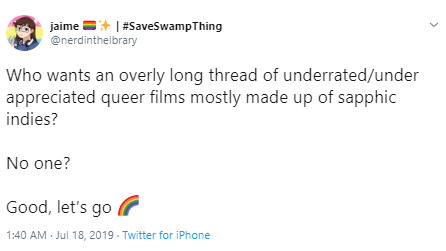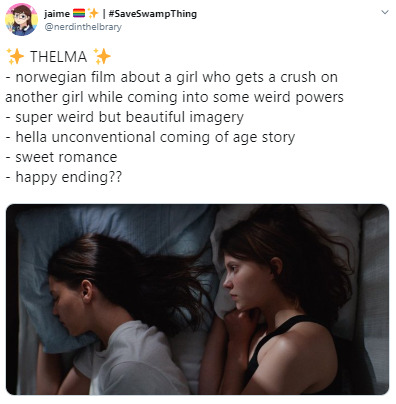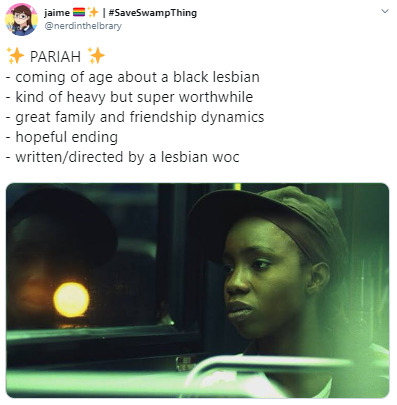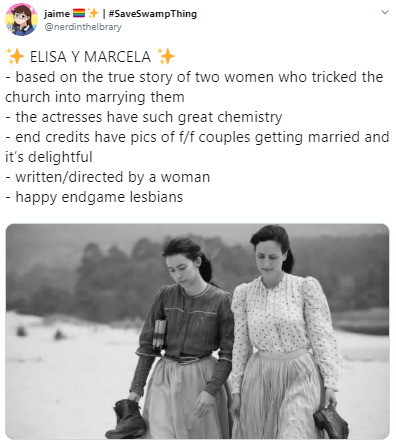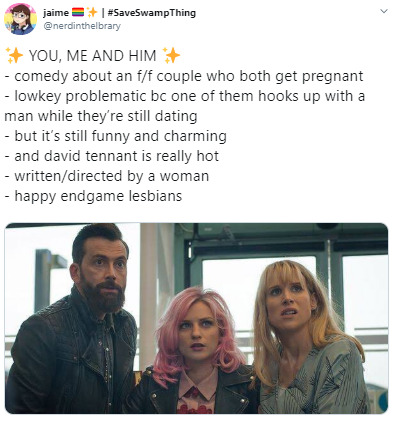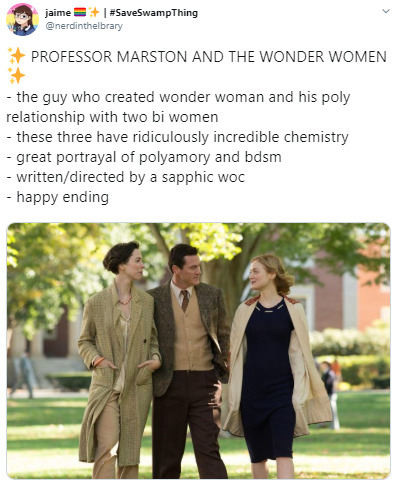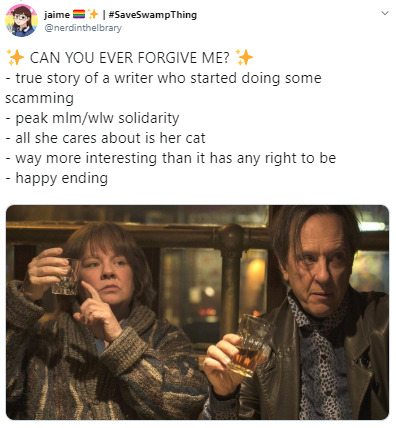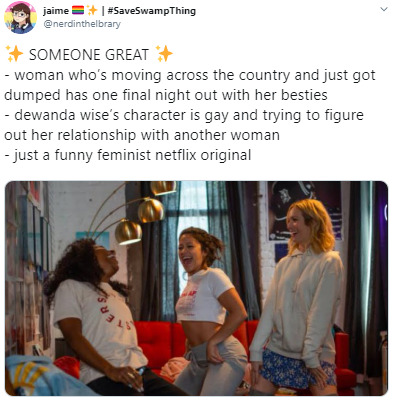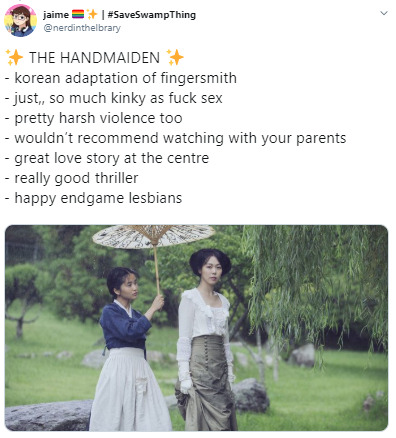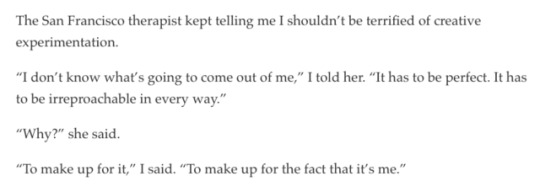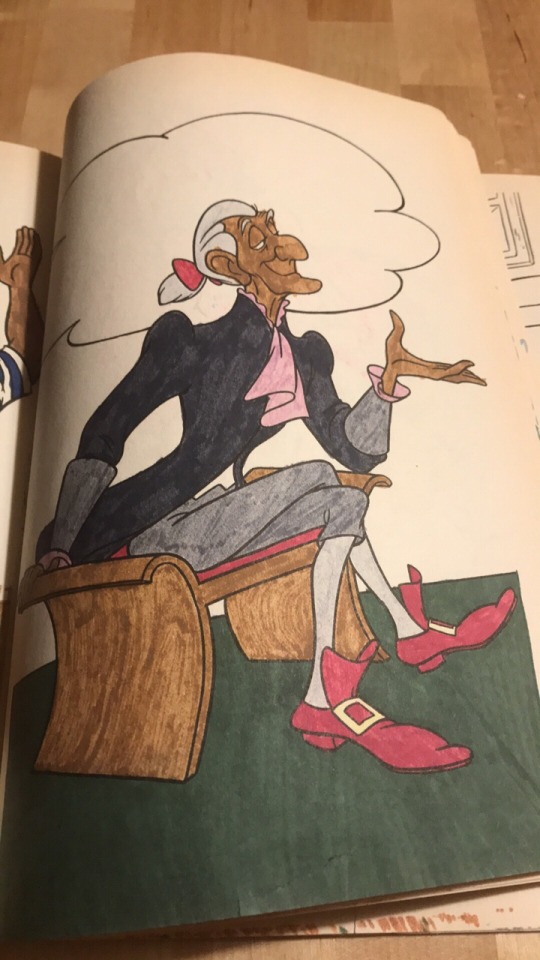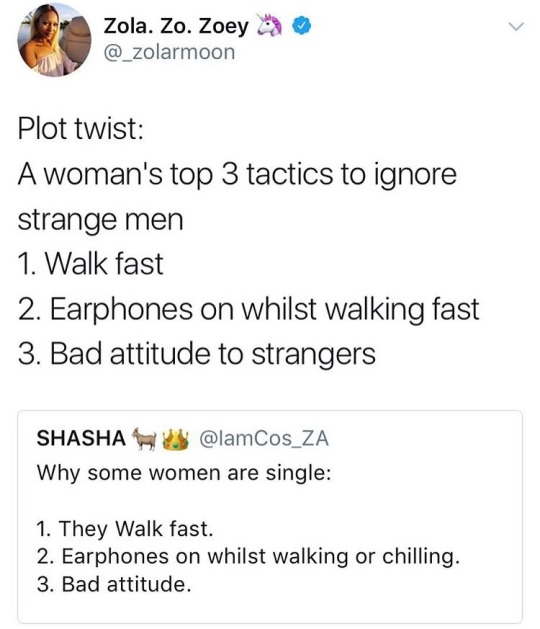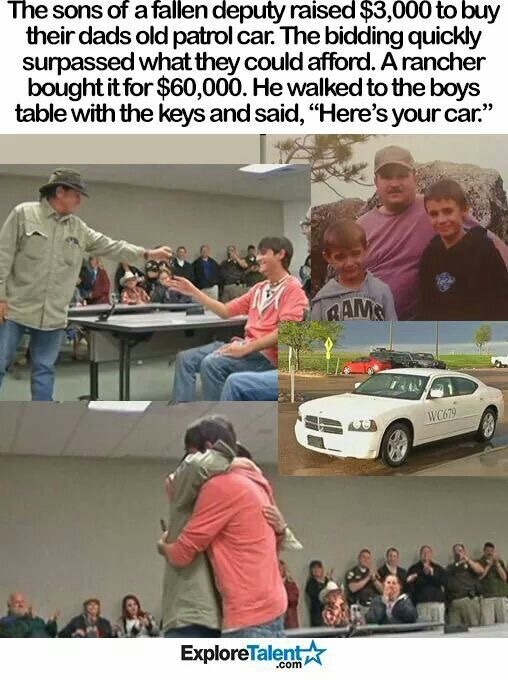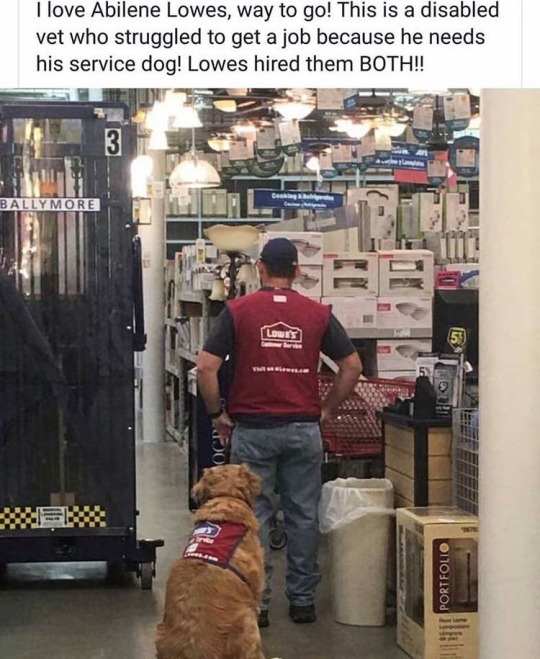semi-anonymous gayish stripper from the armpit of america
Don't wanna be here? Send us removal request.
Photo




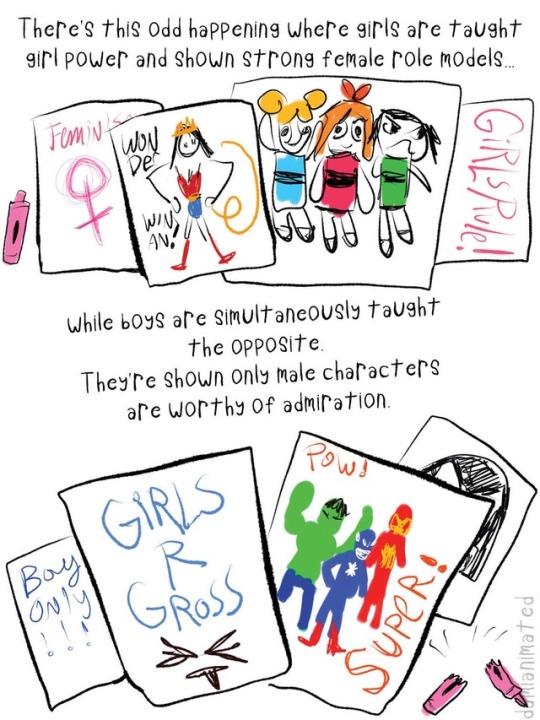





At Target this lady told her son he couldn’t have a Wonder Woman doll because “that’s for girls” and then bought her daughter the same one. It got me thinking about how often I see people bar young boys from appreciating girls/women as protagonists and heroes, and my own experience with it as a kid.
276K notes
·
View notes
Text
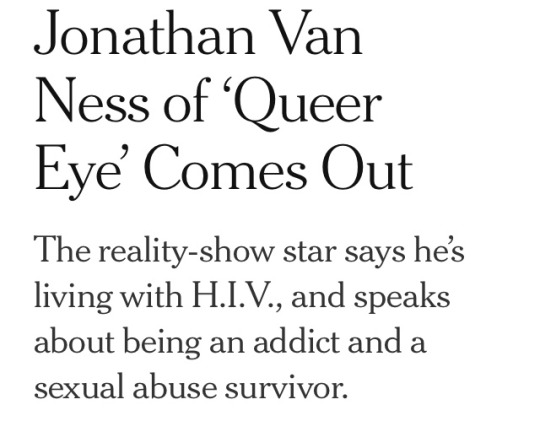


Wow. JVN spoke his truth about being abused by an older boy at his church, filling his emotional void with junk food and then drugs (meth and coke) and sex, selling his body to make money cuz he was too embarrassed to ask his mom for help, flunking out of college, relapsing after rehab twice, and finding out at 25 that he was HIV positive. His journey’s been harrowing and yet he seems like such a radiant and positive person. He’s even braver than any of us realized.
109K notes
·
View notes
Text
forever 21 ruins so much shit like imagine wearing a jacket and it says squad on the back while ur walking alone
53K notes
·
View notes
Text
“In 1984, when Ruth Coker Burks was 25 and a young mother living in Arkansas, she would often visit a hospital to care for a friend with cancer.
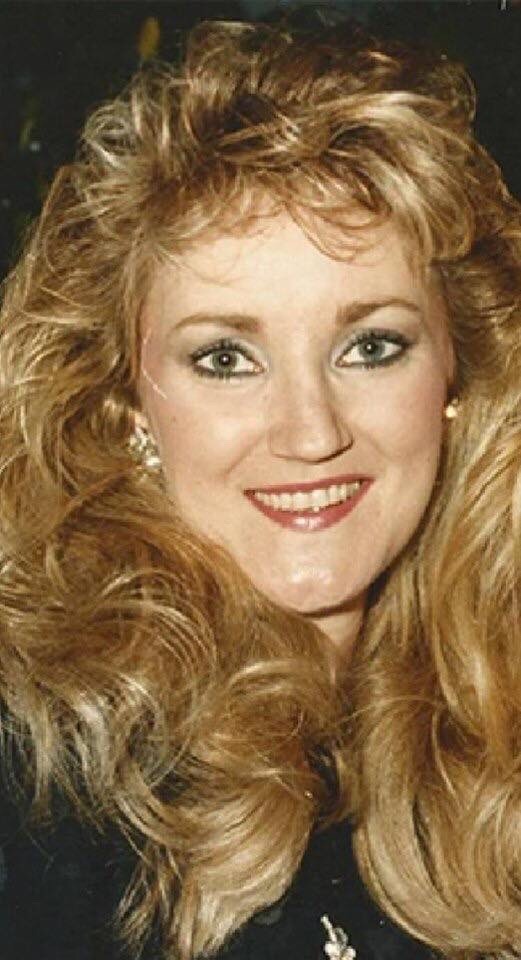
During one visit, Ruth noticed the nurses would draw straws, afraid to go into one room, its door sealed by a big red bag. She asked why and the nurses told her the patient had AIDS.
On a repeat visit, and seeing the big red bag on the door, Ruth decided to disregard the warnings and sneaked into the room.
In the bed was a skeletal young man, who told Ruth he wanted to see his mother before he died. She left the room and told the nurses, who said, "Honey, his mother’s not coming. He’s been here six weeks. Nobody’s coming!”
Ruth called his mother anyway, who refused to come visit her son, who she described as a "sinner" and already dead to her, and that she wouldn't even claim his body when he died.
“I went back in his room and when I walked in, he said, "Oh, momma. I knew you’d come", and then he lifted his hand. And what was I going to do? So I took his hand. I said, "I’m here, honey. I’m here”, Ruth later recounted.
Ruth pulled a chair to his bedside, talked to him
and held his hand until he died 13 hours later.
After finally finding a funeral home that would his body, and paying for the cremation out of her own savings, Ruth buried his ashes on her family's large plot.
After this first encounter, Ruth cared for other patients. She would take them to appointments, obtain medications, apply for assistance, and even kept supplies of AIDS medications on hand, as some pharmacies would not carry them.
Ruth’s work soon became well known in the city and she received financial assistance from gay bars, "They would twirl up a drag show on Saturday night and here'd come the money. That's how we'd buy medicine, that's how we'd pay rent. If it hadn't been for the drag queens, I don't know what we would have done", Ruth said.
Over the next 30 years, Ruth cared for over 1,000 people and buried more than 40 on her family's plot most of whom were gay men whose families would not claim their ashes.
For this, Ruth has been nicknamed the 'Cemetery Angel'.”— by Ra-Ey Saley
403K notes
·
View notes
Video
72K notes
·
View notes
Photo
Sadly this closed!

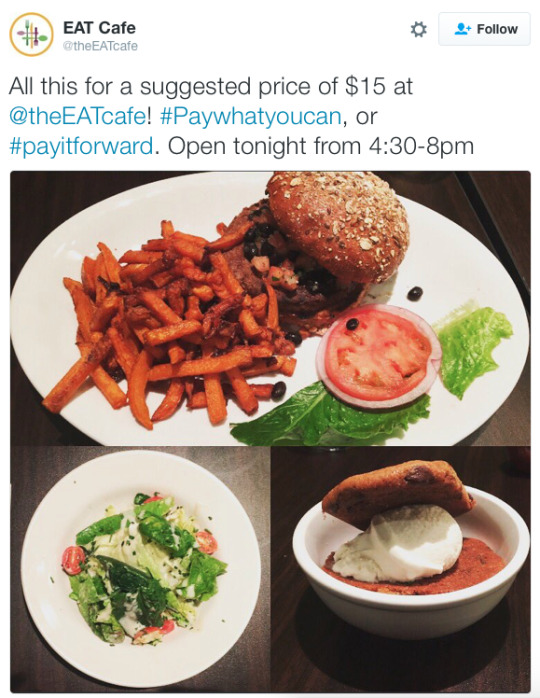
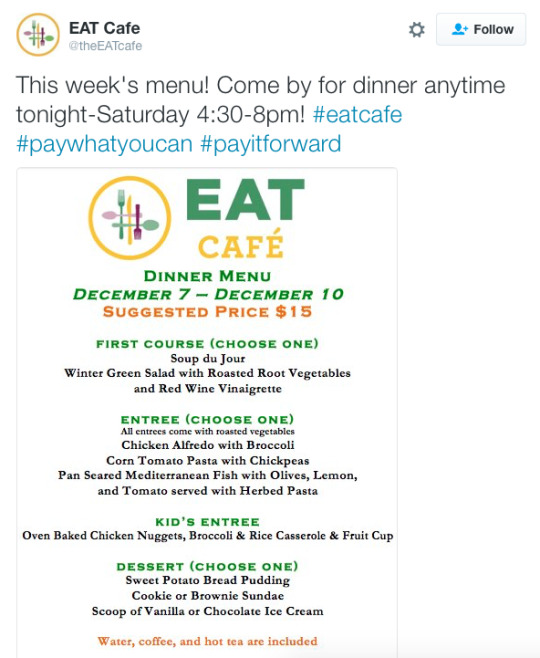
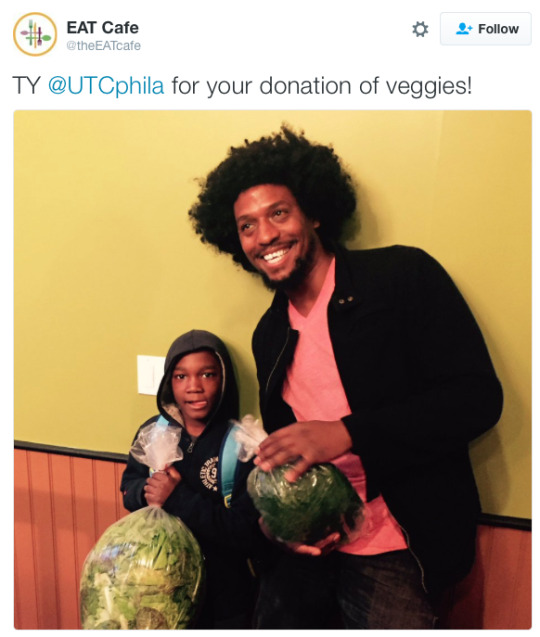
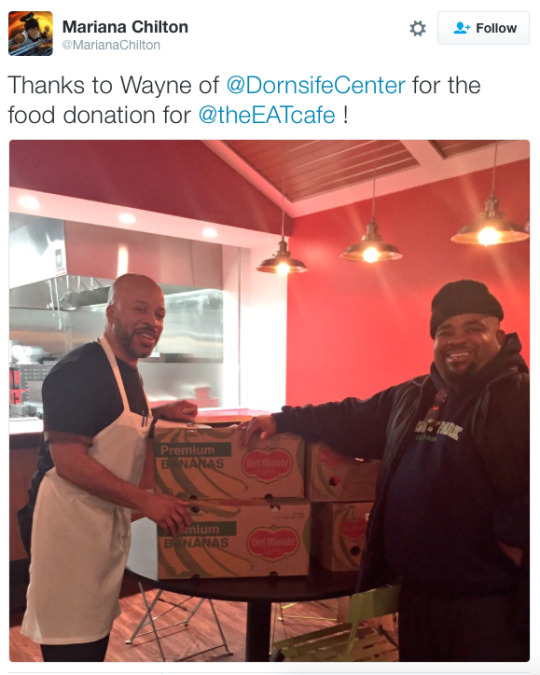
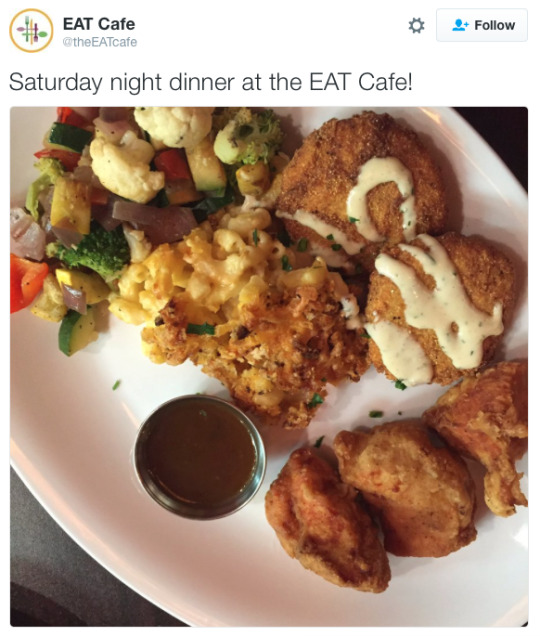
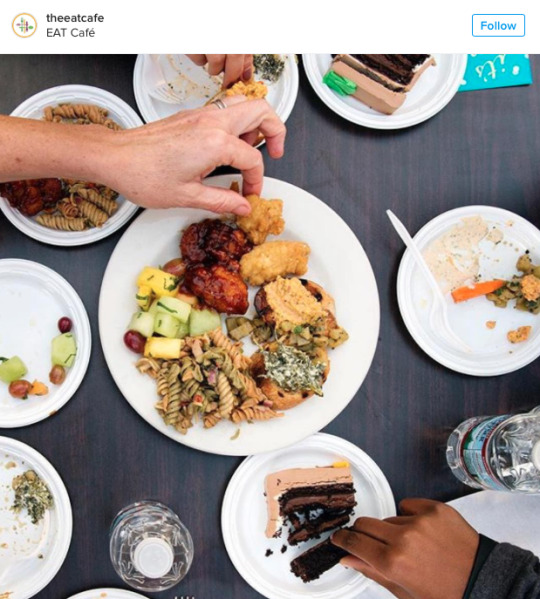
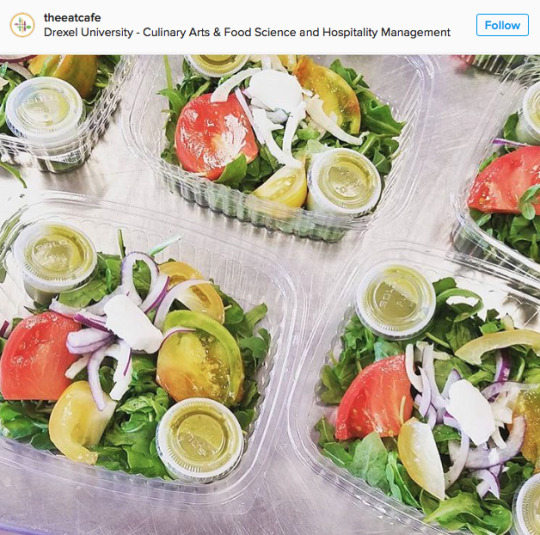
Philly’s “pay what you can” restaurant offers new solution to food insecurity
22% of all Philadelphians are food insecure.
Enter EAT (Everyone At the Table) Café, a nonprofit, pay-what-you-wish cafe that opened in West Philadelphia in late October.
On the menu: three courses, including soup or salad, a hearty entree with a side and dessert, as well as a hot or cold beverage.
Guests can pay the suggested price of the check, less, more (as a donation) or nothing at all. Read more
31K notes
·
View notes
Photo



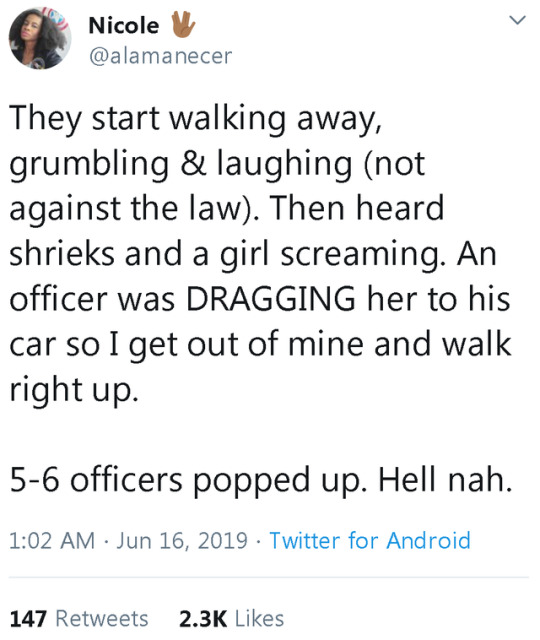










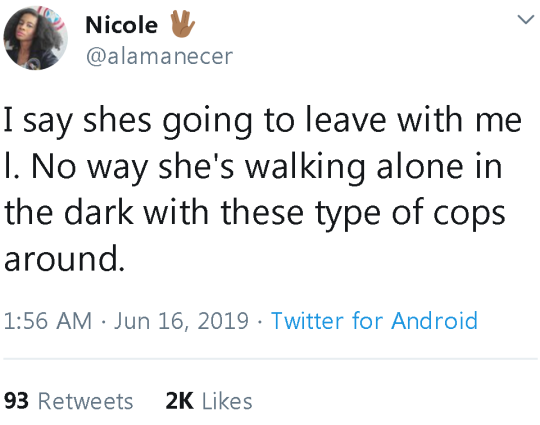


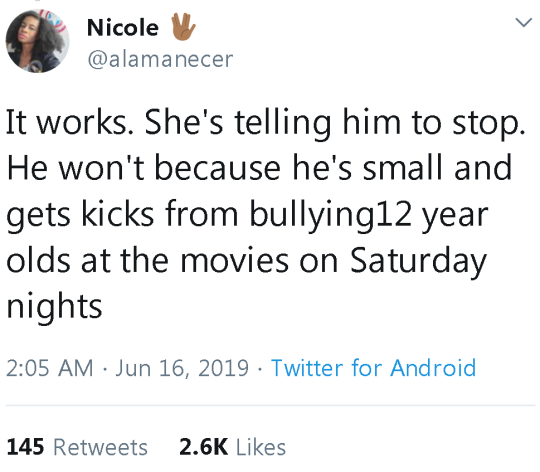
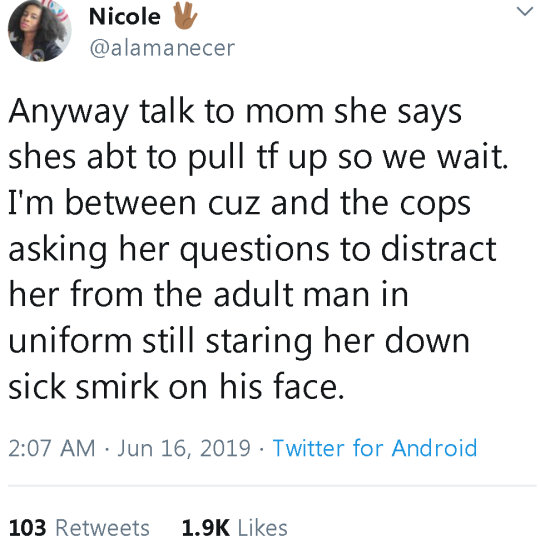

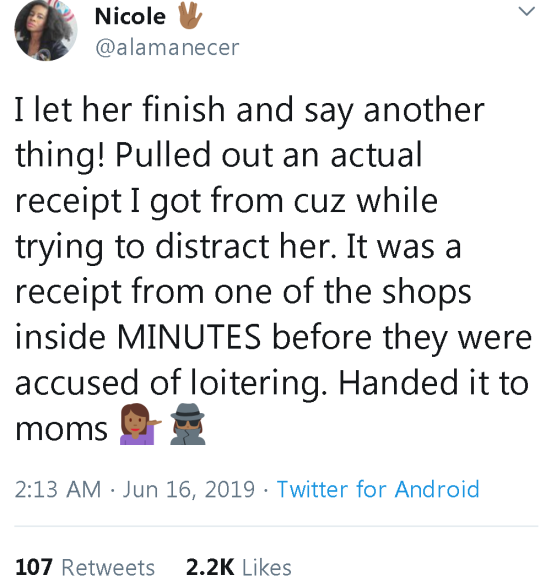

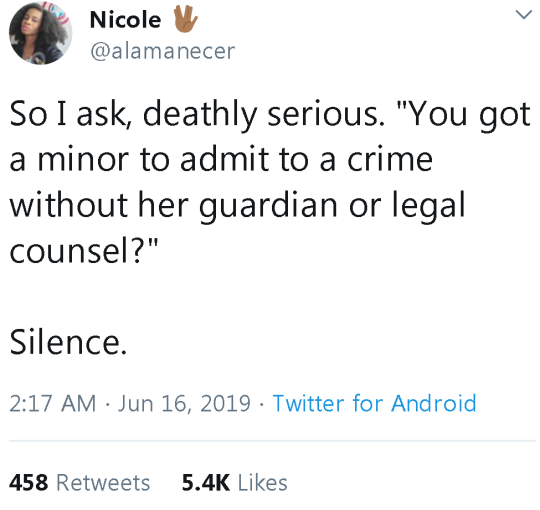
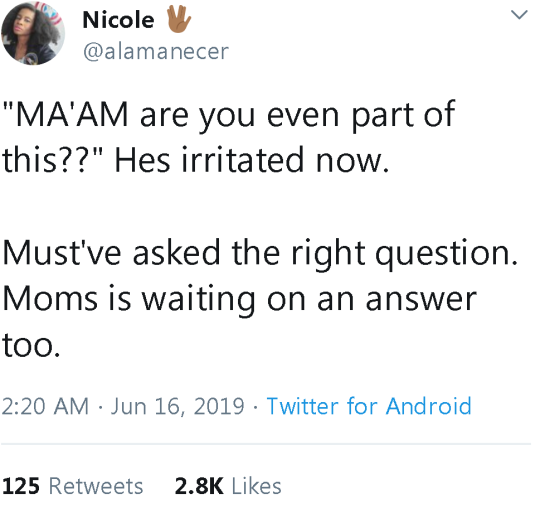





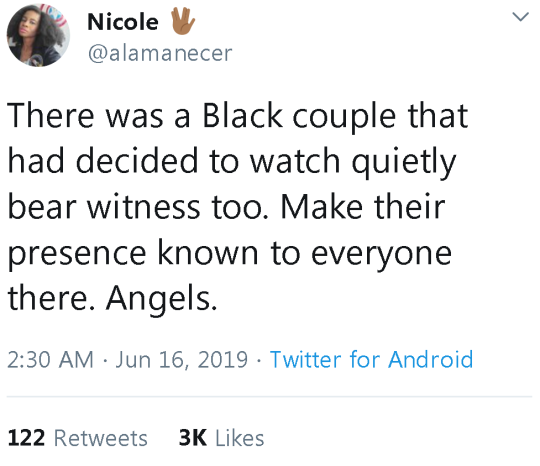
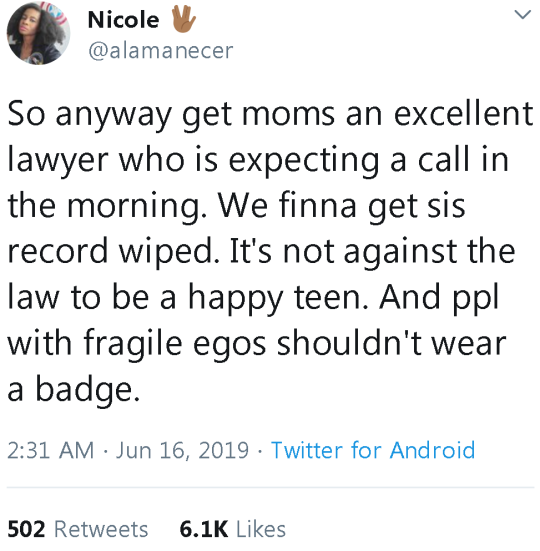


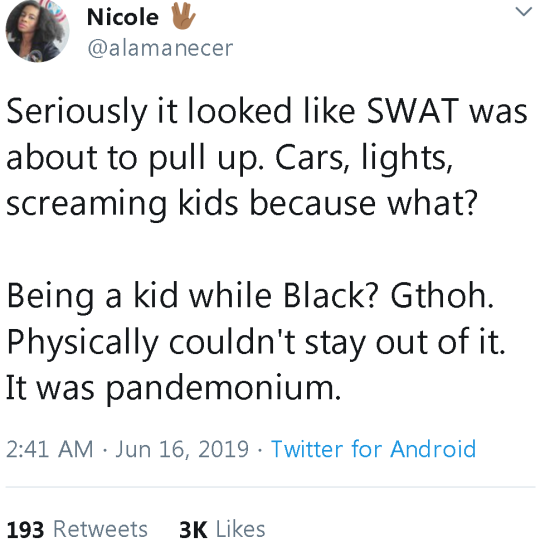
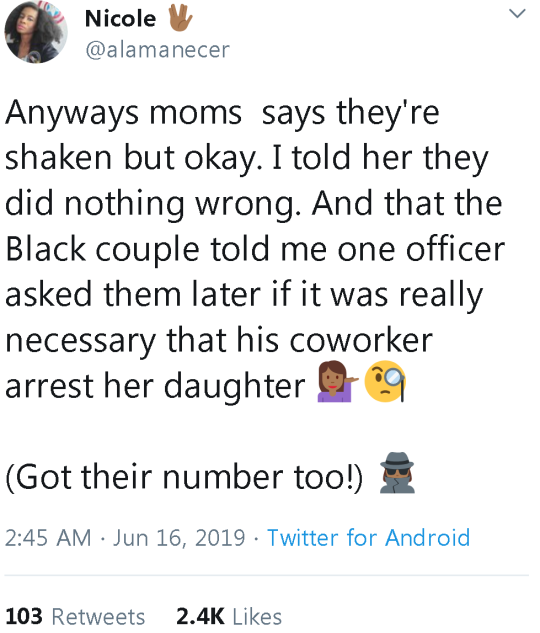
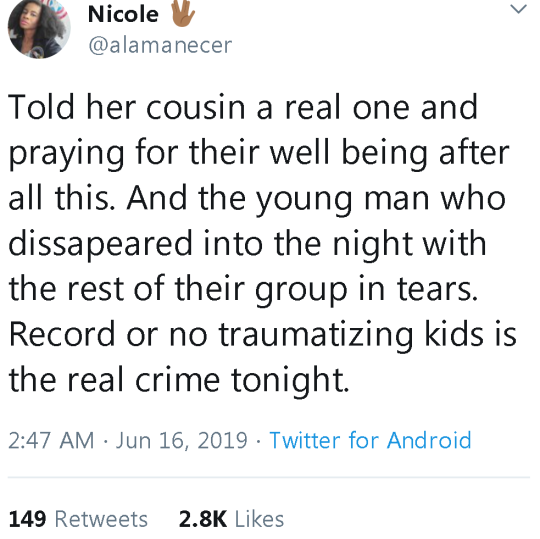

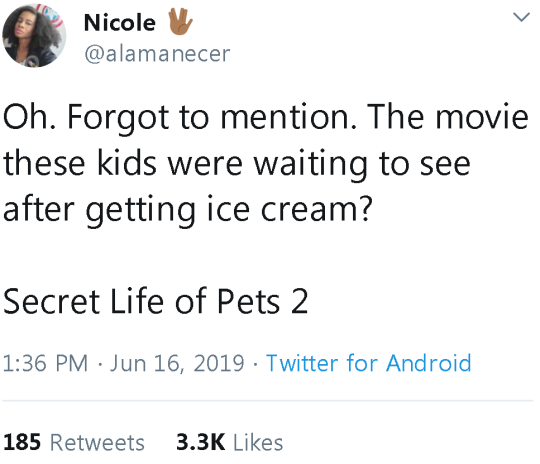

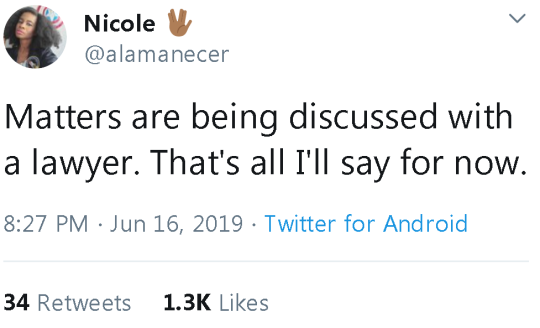
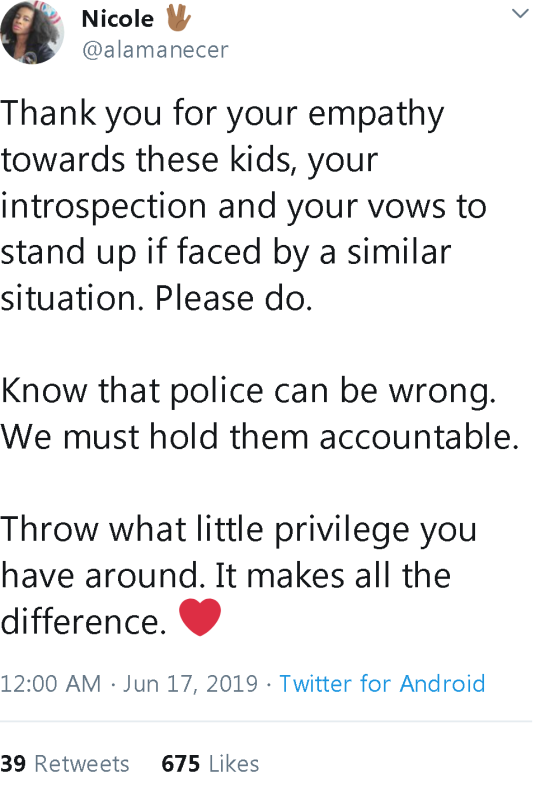
This is so powerful and courageous. Police all over the country are pulling this despicable shit. They’re supposed to be protecting and serving. Monsters.
76K notes
·
View notes
Text

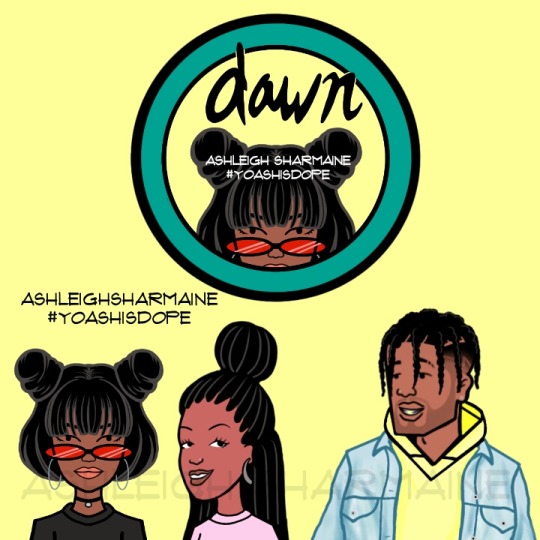
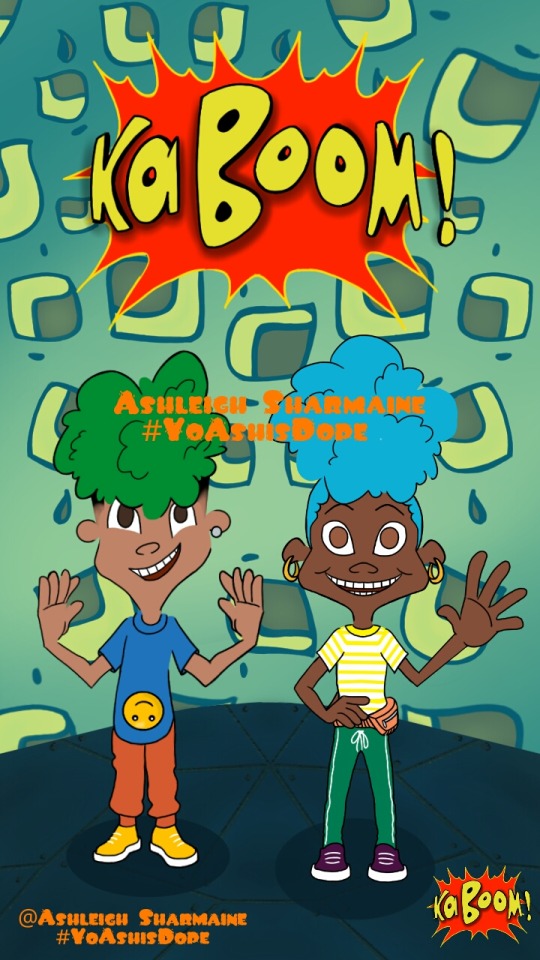
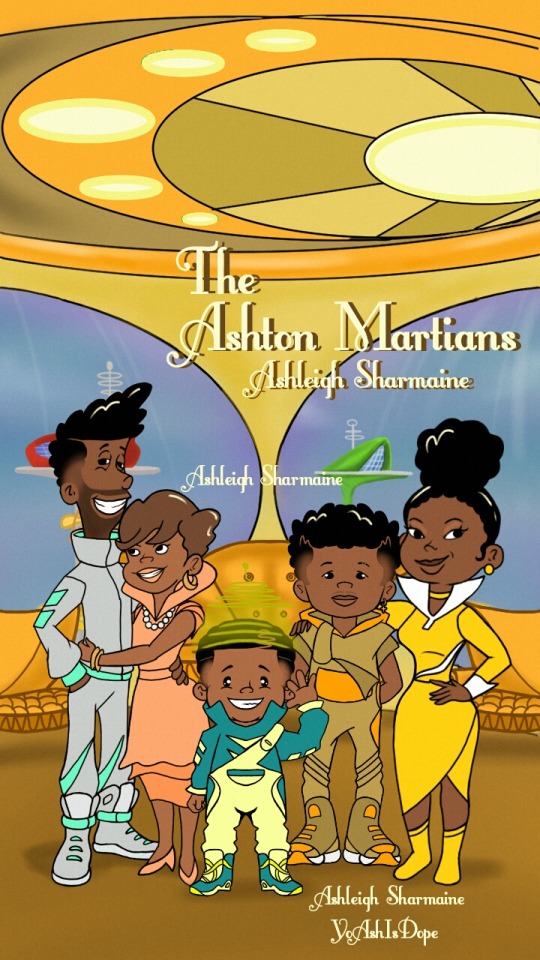
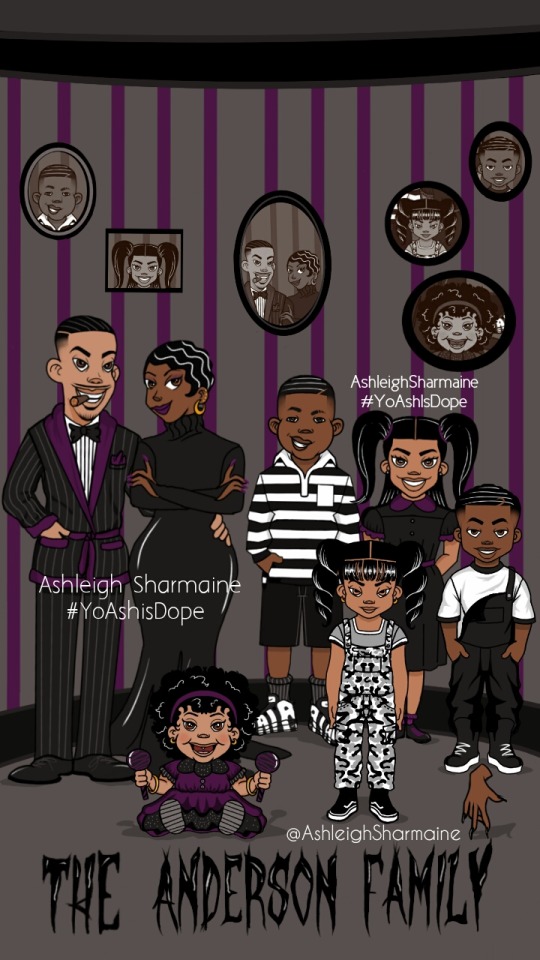
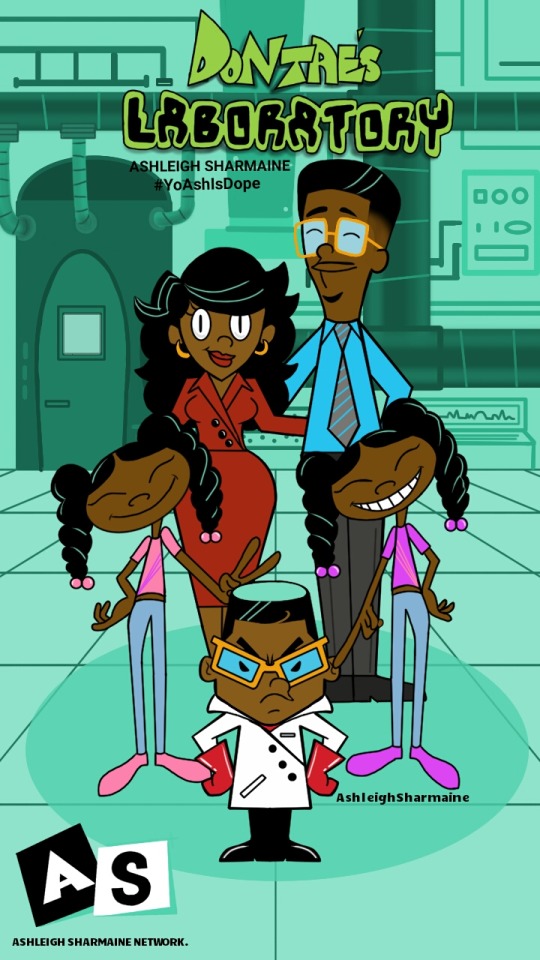
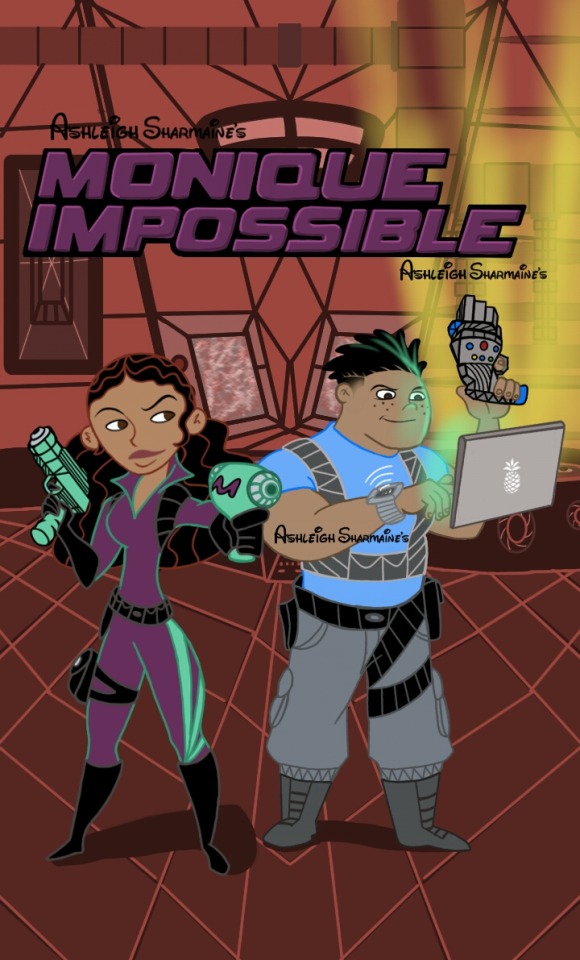

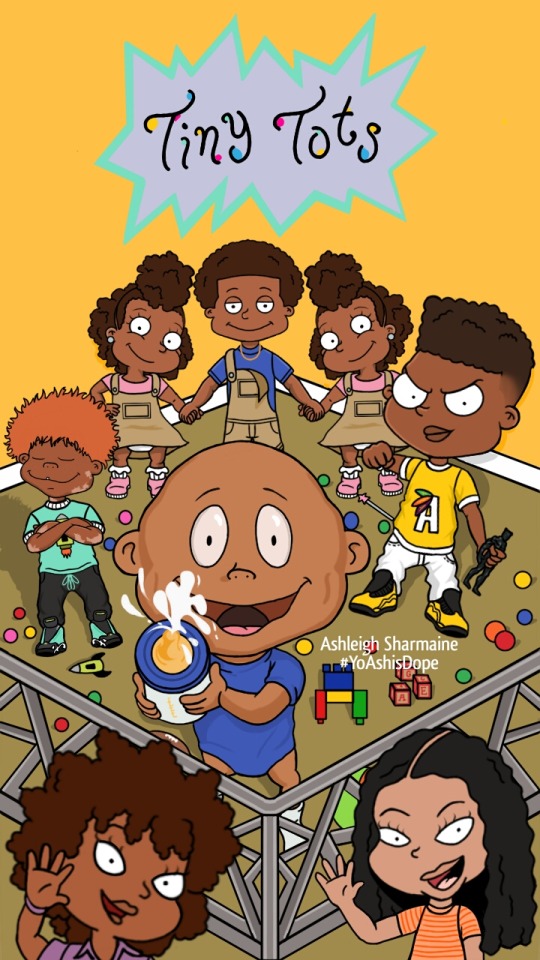

What if Series continues
Tag someone & Reshare!
Which would be you favorite series?
The Ashton Martians
Monique Possible
The Hibberts
Recess
Dontae’s Laboratory
Kaboom
The Anderson’s
Tony, Toni, Tone
Dawn
Ig @AshleighSharmaine
Art Inquiry
#ashleighsharmaine #nickelodeon @nickelodeon @nicksplat #art #dopeart @theshaderoom @blackwomenarepoppin
#freshprinceofbelair #explorepage #heyarnold #viral #mtv #disney #blackart #illusrstrations @daquan #cartoons
32K notes
·
View notes
Text
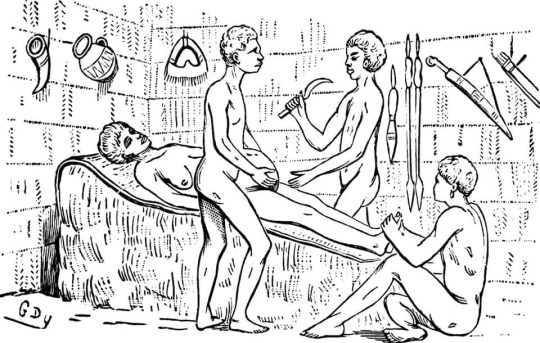
Did you know that modern C sections were invented by African women— centuries before they were standard elsewhere?
Midwives and surgeons living around Lake Tanganyika and Lake Victoria perfected the procedure hundreds of years ago. When a baby couldn’t be delivered vaginally, these healers sedated the laboring mother using large amounts of banana wine. They tied the mother to the bed for safety, sterilized a knife using heat, and made the incision, acting quickly as a team to prevent excessive blood loss or the accidental cutting of other organs. The combination of sterile, sharp equipment and sedation made the procedure surprisingly calm and comfortable for the mother.
After the baby was delivered, antiseptic tinctures and salves were used to clean the area and stitches were applied. Women rarely developed infections, shock, or excessive blood loss after a cesarean section and the most common problem reported was that it took longer for the mother’s milk to come in (an issue that was solved with friends and relatives who would nurse the baby instead).
In Uganda, C sections were normally performed by a team of male healers, but in Tanzania and DRC, they were typically done by female midwives.
The majority of women and babies survived this, and when questioned about it by European colonists in the mid-1800s, many people in Uganda and Tanzania indicated that the procedure had been performed routinely since time immemorial.
This was at a time when Europeans had only barely started to figure out that they should wash their hands before performing surgery, when nearly half of European and US women died in childbirth, and when nearly 100% of European women died if a C section was performed.
Detailed explanations of Ugandan C-sections were published globally in scholarly journals by the 1880s and helped the rest of the world learn how to save mothers and babies with minimal complications.
So if you’re one of the people who wouldn’t be alive today without a C-section, you have Ugandan surgeons and Tanzanian and Congolese midwives to thank for their contributions to medical science.
115K notes
·
View notes
